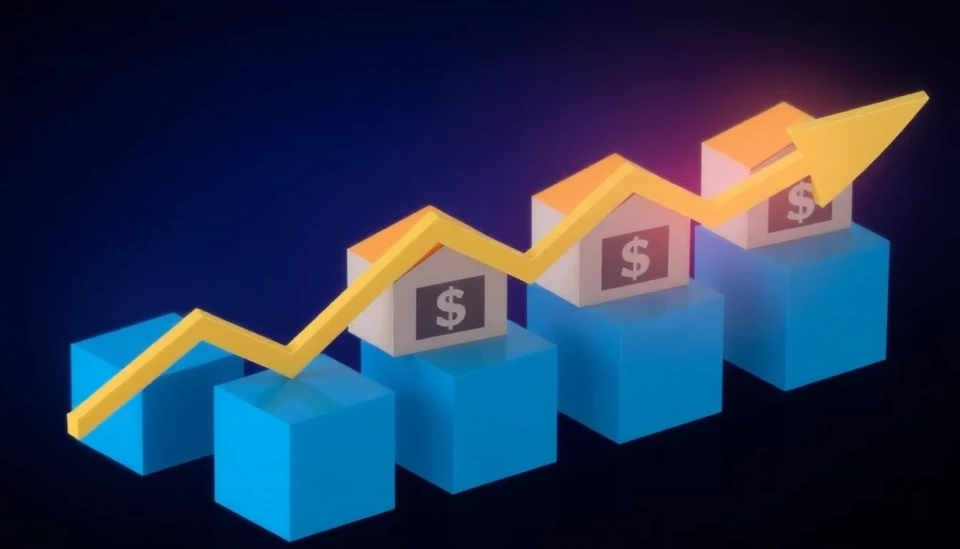
In a notable shift within the housing finance landscape, U.S. mortgage rates have experienced an upswing for the second consecutive week, reaching levels that have not been seen since July. This recent surge is attributed to various economic factors, including rising bond yields and ongoing inflationary pressures that seem to keep the Federal Reserve's interest rate policies in a tightening mode.
The average rate on a 30-year fixed mortgage has climbed to approximately 7.12%, according to the latest data from Freddie Mac. This presents a stark contrast to rates just a month prior, where they were hovering around 6.57%. The magnitude of the increase in recent weeks has raised eyebrows among prospective homebuyers and industry insiders alike, who are now navigating an already challenging housing market.
The climb in mortgage rates is reflective of broader economic conditions, particularly the behavior of the bond market. As the yield on the 10-year Treasury note continues to rise, it places upward pressure on fixed mortgage rates. Investors are closely monitoring inflation data and signals from the Federal Reserve regarding future rate hikes, which will be critical in shaping the housing market's short-term trajectory.
Furthermore, this rising rate environment could potentially lead to a slowdown in homebuying activity, exacerbating existing housing supply issues. Homebuyers, already dealing with elevated home prices and limited inventory, may find themselves sidelined as borrowing costs escalate. This trend could have a ripple effect on the housing market, spurring fewer home sales and potentially impacting home values.
Realtors and housing analysts are voicing concerns that if this upward trend in mortgage rates continues, it may limit access to homeownership for many, particularly first-time buyers. The affordability crisis in the housing market, already strained by high prices due to supply constraints, could worsen with the addition of rising financing costs.
As 2023 draws to a close, all eyes will be on the Federal Reserve as it weighs how to respond to ongoing economic indicators. The central bank's interest rate policies will be decisive in determining whether these increased mortgage rates are a temporary phenomenon or a sign of a more profound, lasting change in the market landscape.
In summary, as mortgage rates reach their highest levels since July, prospective buyers are left to contemplate the implications for their home purchase plans and overall market stability in the months ahead.
#MortgageRates #HousingMarket #FederalReserve #Homebuying #Inflation #Economy #RealEstate2024
Author: Laura Mitchell




